Battle History of the M1 Garand in WWII
May 11th, 2021
8 minute read
It is hard to imagine now, but the Old Salts in the U.S. Army did not take quickly to the new semi-automatic M1 rifle. John Garand’s new-fangled battle rifle’s first challenge was to replace a long-serving legend — the M1903 Springfield rifle. The Springfield had served America well since before World War I, and the classic bolt-action was one of the finest battle rifles of the era.
Many American troops believed there was no real need to change from the M1903, and soon the nervous initial assessments about the M1 began to be heard: “It is inaccurate. It wastes ammunition. It will jam. It is too big and heavy.” To make matters worse, Army NCOs feared the complexities of the new M1 would cause them to fall from the ranks of “expert marksman” and that decline in rating would cost them a $5 a month bonus.
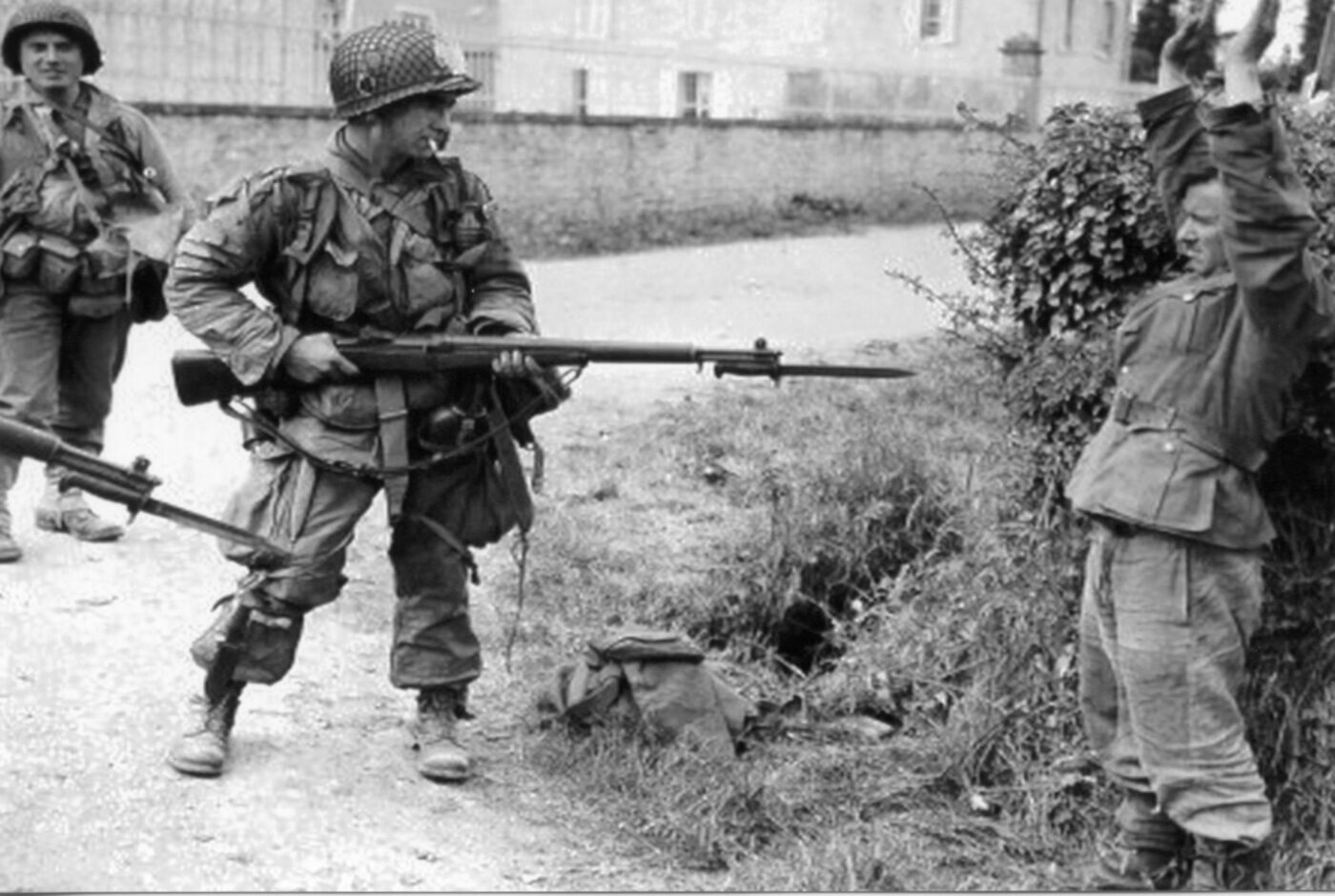
The negative rumors continued until the initial issues with the Garand were worked out. As World War II began in September 1939, the M1 was beginning to take its ultimate form as the early “gas trap” model was replaced.
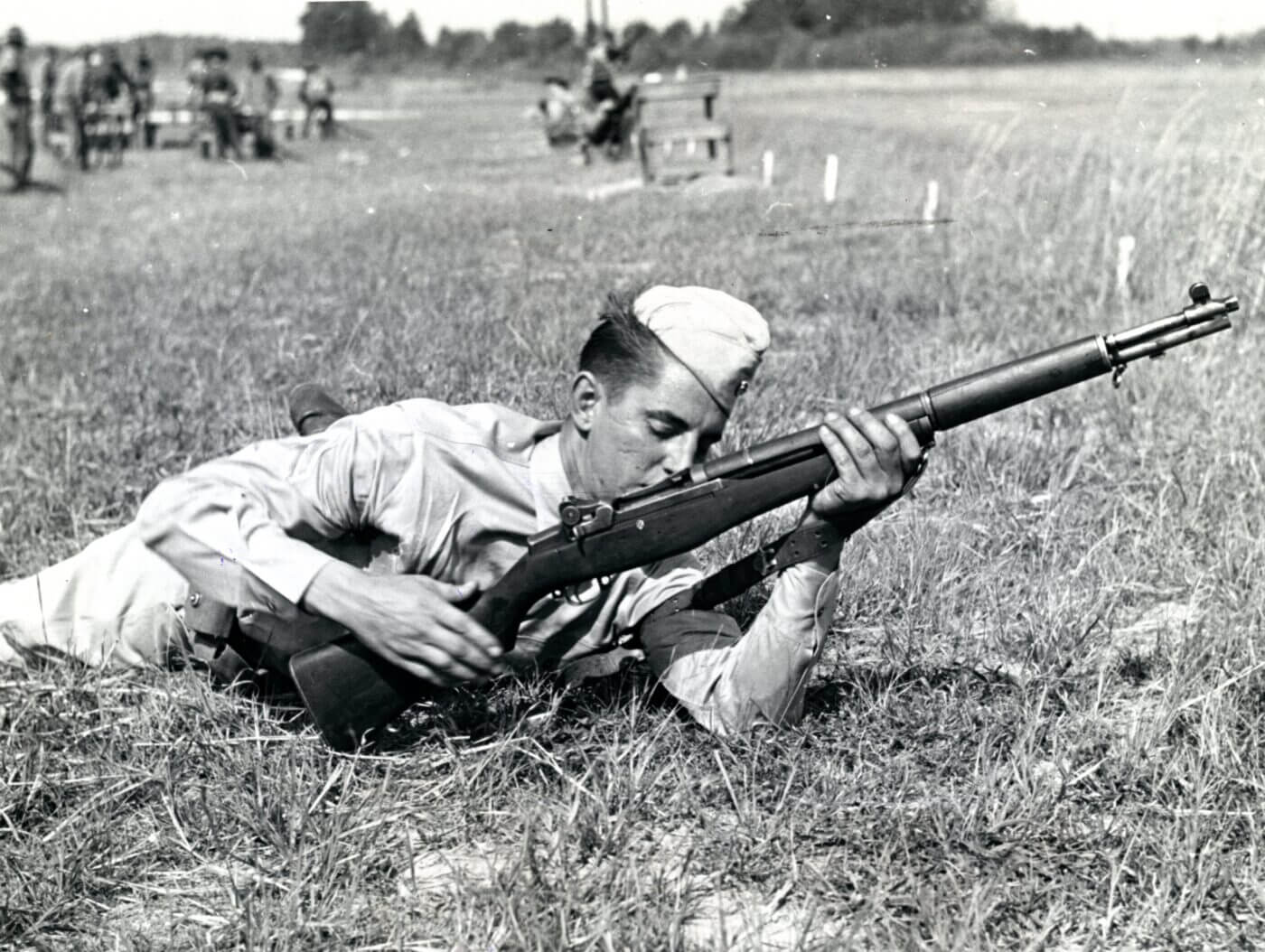
Even so, America was two years away from becoming embroiled in the spreading conflict, and M1 rifle production ramped up steadily as the war clouds loomed. Quietly, the M1 was gaining in numbers and popularity as America’s new service rifle.
First Blood in the Philippines
Within 24 hours of their attacks on U.S. military installations on Pearl Harbor, Japanese troops began their invasion of the Philippines. The M1 rifle was there, albeit in small numbers, to oppose them. The American and Filipino defenders consolidated much of their defense on the Bataan peninsula and were able to hold out until May 8, 1942.
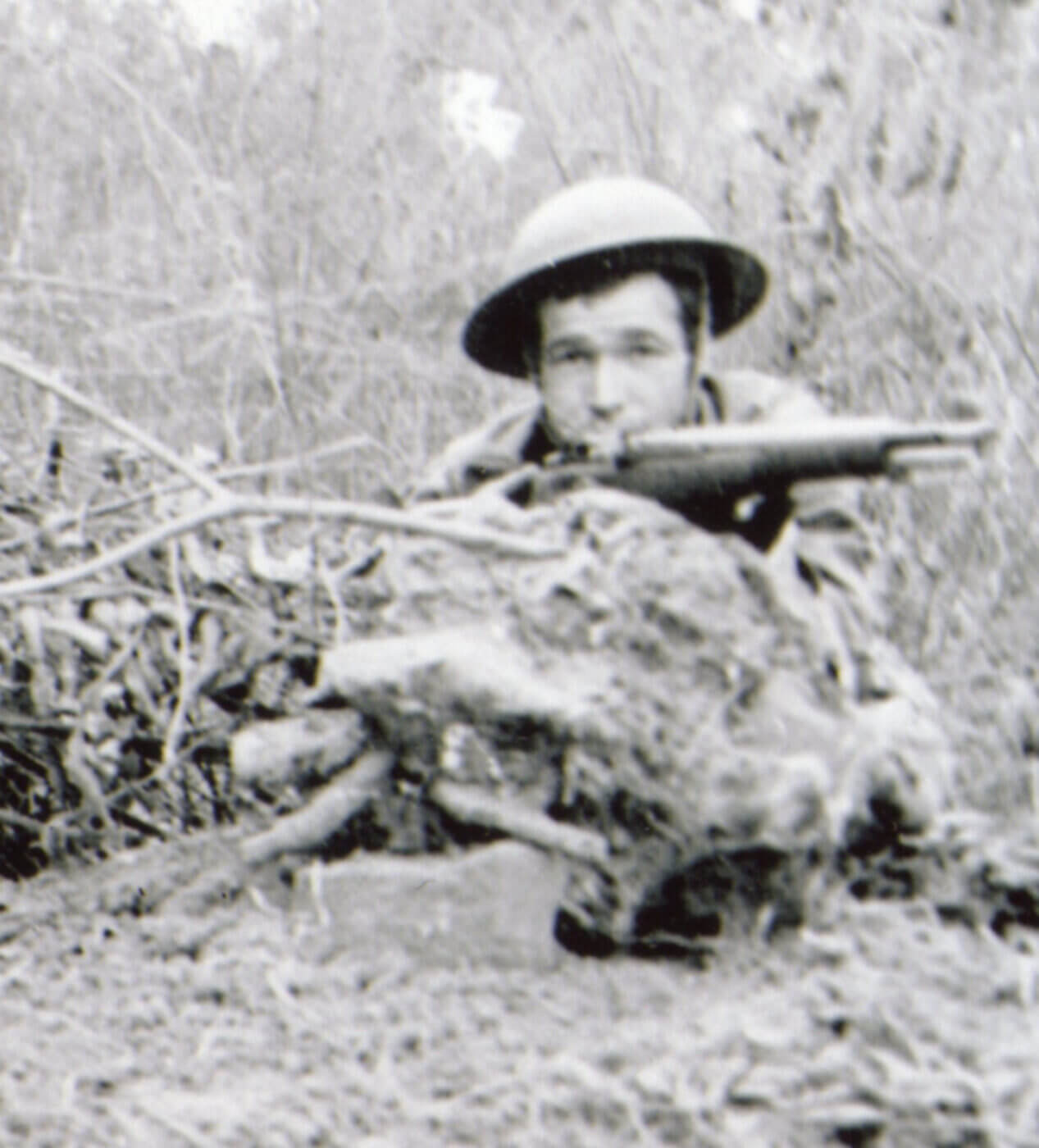
The U.S. Army’s Philippine Department had been reinforced between August and November 1941, and the new M1 rifles arrived at that time (mixing in among the M1903 rifles already in service). The Garand’s initial use in combat was fraught with some confusion; in some cases, U.S. Ordnance men unfamiliar with the new semi-auto rifle sent five-round .30 caliber “stripper clips” used with M1903 rifles to units equipped with the M1. In those harrowing situations, M1 rifle users had to locate their en-bloc clips ejected into the brush and reload them by hand — a significant challenge while under fire.
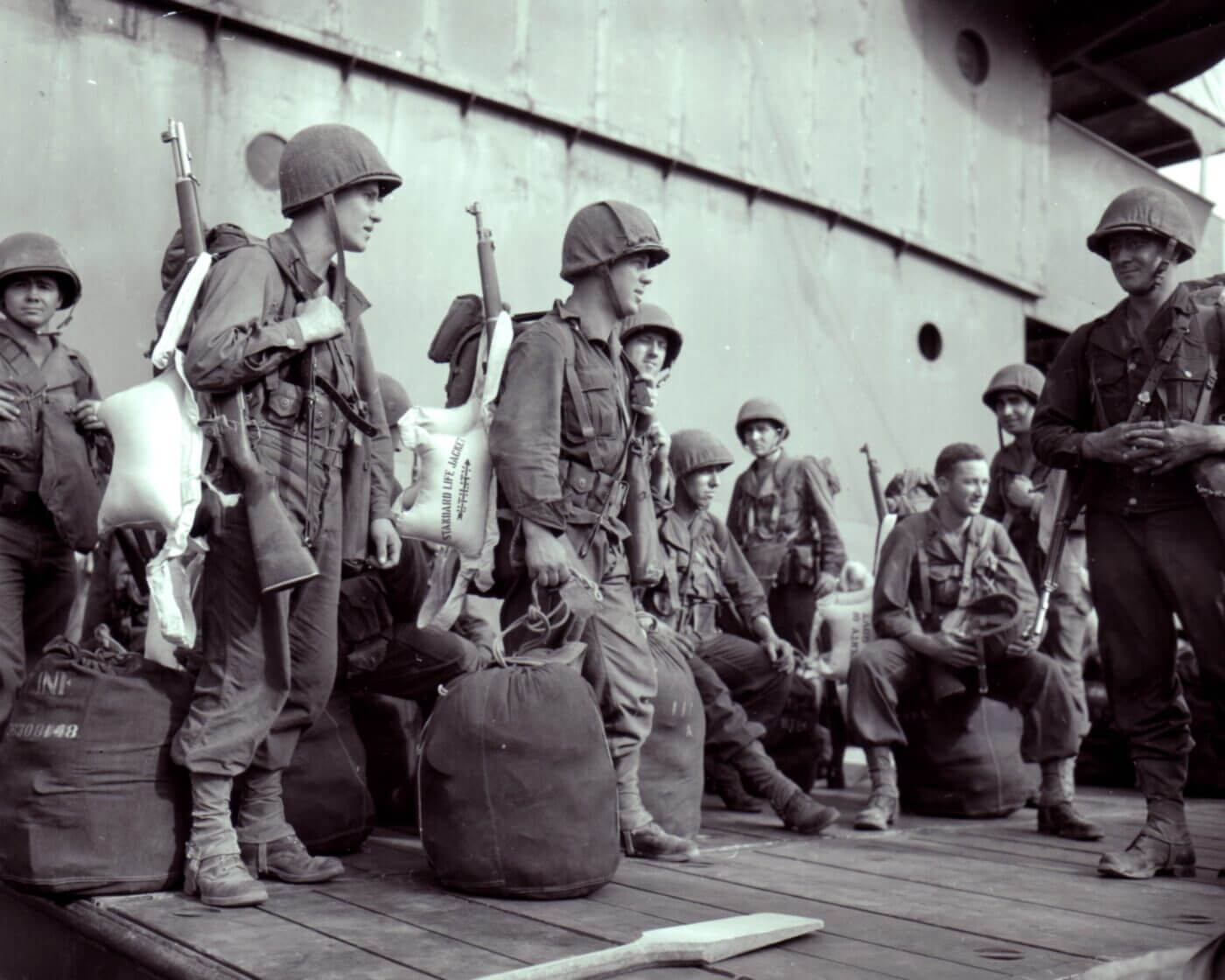
Even so, the Japanese troops on the receiving end of the high volume of .30-caliber fire were impressed, and the invaders wondered how the Americans could afford to equip each infantryman with a “machine gun.” Positive reports about the M1 filtered back to the United States, but the Philippines campaign ended in defeat and misery. Nearly 23,000 American troops and more than 100,000 Filipinos were killed or captured. The M1 rifle would fight its way back across the Pacific, and return to the Philippines on October 20, 1944, along with General MacArthur and in the hands of the men of the U.S. 6th Army.
The Dieppe Raid
The M1 rifle was issued to many of the initial American units deployed to Iceland, Ireland and England beginning in early 1942. One of these units was the 1st Ranger Battalion, commanded by Major William Darby. After intensive training with British Commandos, the 1st Rangers became the first U.S. troops in action in the European Theater of Operations (ETO).
On August 19, 1942, fifty U.S. Rangers participated in “Operation Jubilee,” the large and particularly bloody raid on the channel port of Dieppe, France. Many of the Rangers hit the beach with No. 4 Commando in their attack on the German coastal battery “Hess,” positioned west of Dieppe town.
During that action, some of the U.S. troops carried M1 rifles into combat. Of the 50 Rangers that went ashore that day, six were killed and four were captured. Seven others were wounded but returned to England. The M1 rifle had met the Axis on both sides of the world.
Guadalcanal and the Solomon Islands
On August 7, 1942, the Marines landed on Guadalcanal and began the long and painful campaign to secure that primordial jungle island. For much of the campaign, the Marines carried the M1903 Springfield rifle, but as fighting continued into early 1943, M1 rifles began to appear in the hands of some U.S.M.C. riflemen.
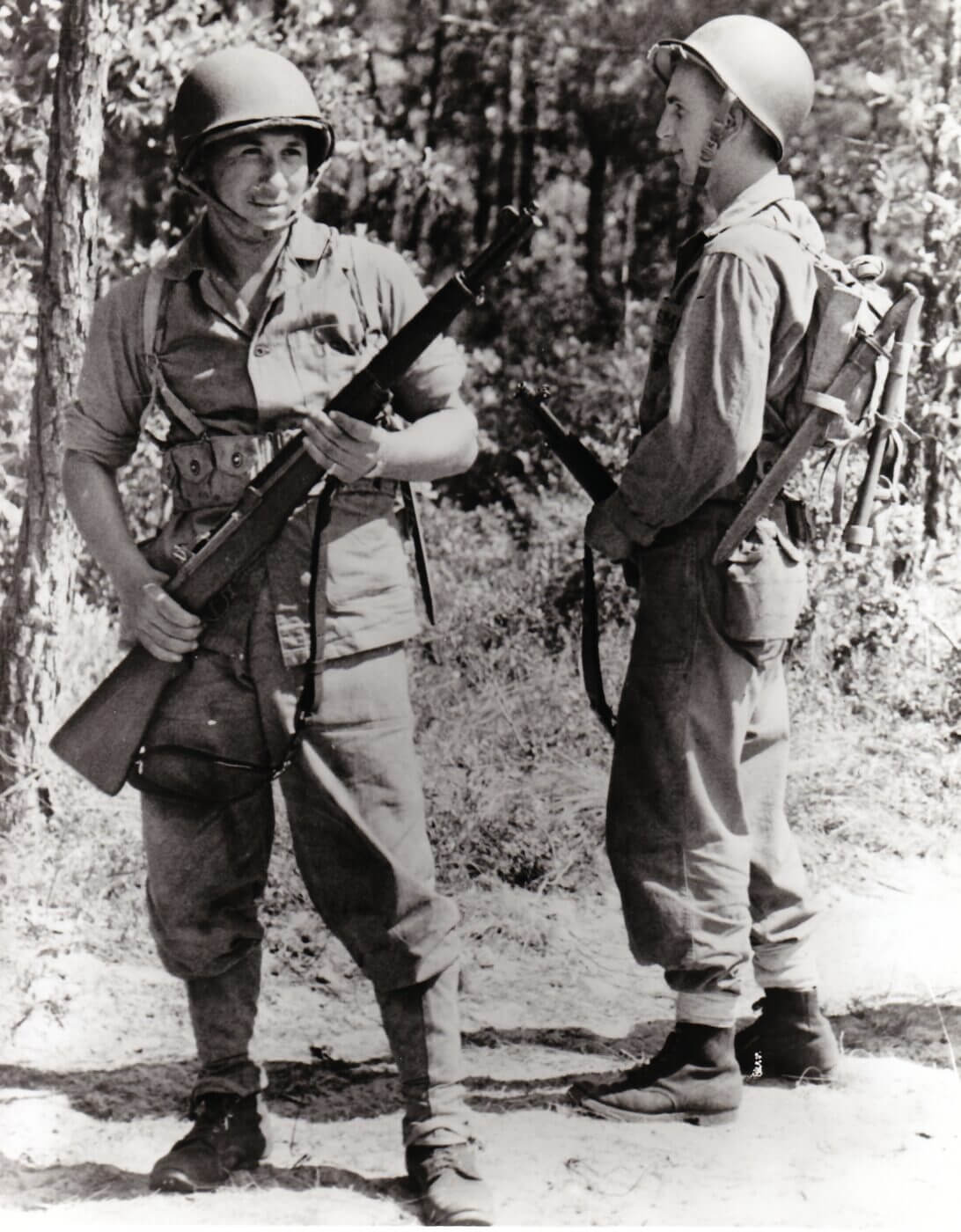
Even more M1s were in use with the U.S. Army units that helped finally secure the island. Hard fighting followed in the Solomon Islands, on New Guinea, New Britain and Bougainville. Fighting alongside the M1903 rifle, the M1 earned its reputation for accuracy and reliability in some of the harshest jungle environments on the planet.
North Africa, Sicily and Italy
In November 1942, the western Allies opened a second front against Germany with Operation Torch, the invasion of North Africa. The M1 Garand came ashore for this campaign still paired with the M1903 Springfield in many units.
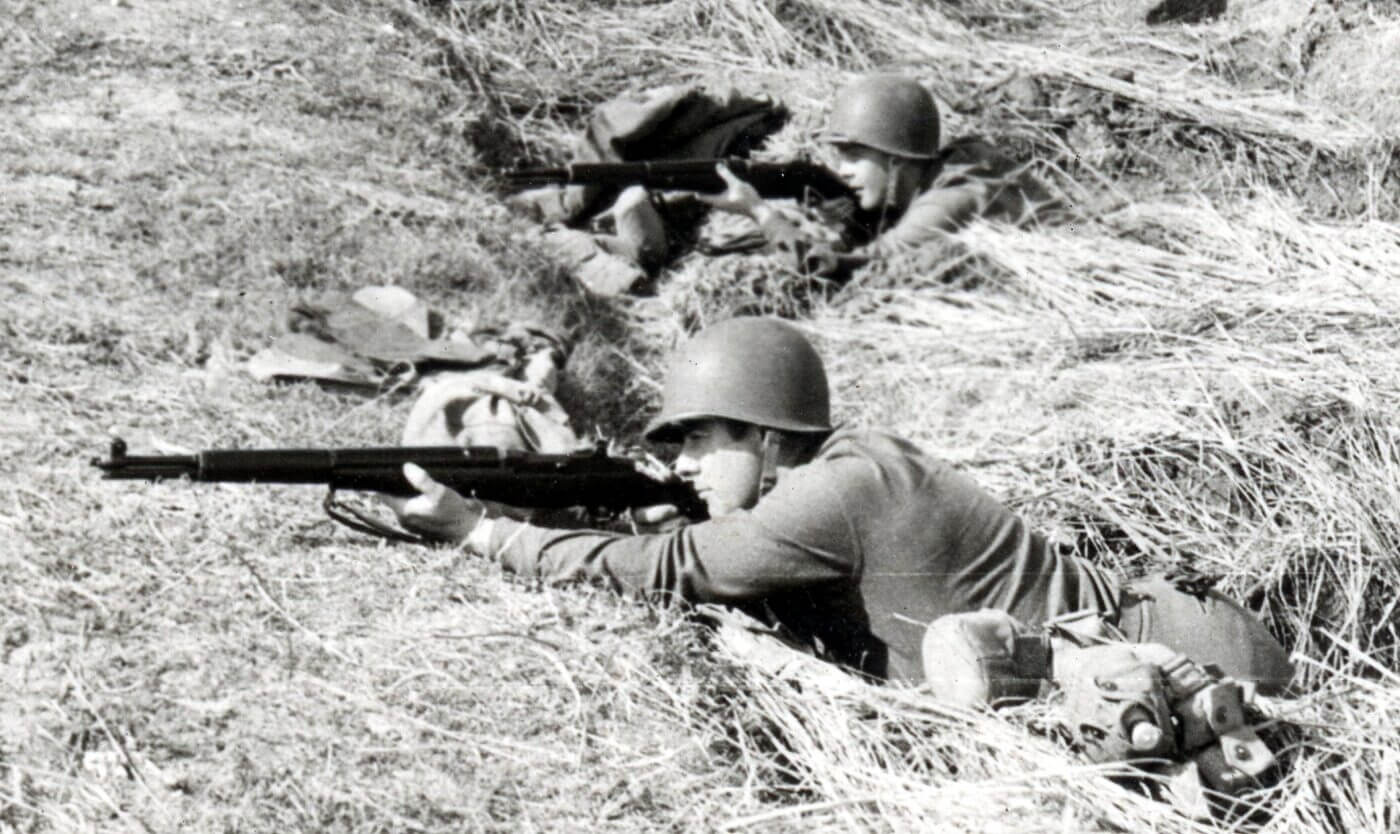
In North Africa, the M1 fired shots in anger against Vichy French, Italian and German troops while adding yet another inhospitable climate to its growing list of combat achievements. In July 1943, the Allies invaded Sicily, and by September U.S. troops equipped with the M1 rifle were fighting on Italian soil.
Supply of the M1 rifle took some time to catch up with demand, and many units in Italy were not fully equipped with the Garand until mid-1944, while the rifle continued to prove itself in the harsh conditions, ruled by rain, snow and mud in the mountainous Italian terrain.
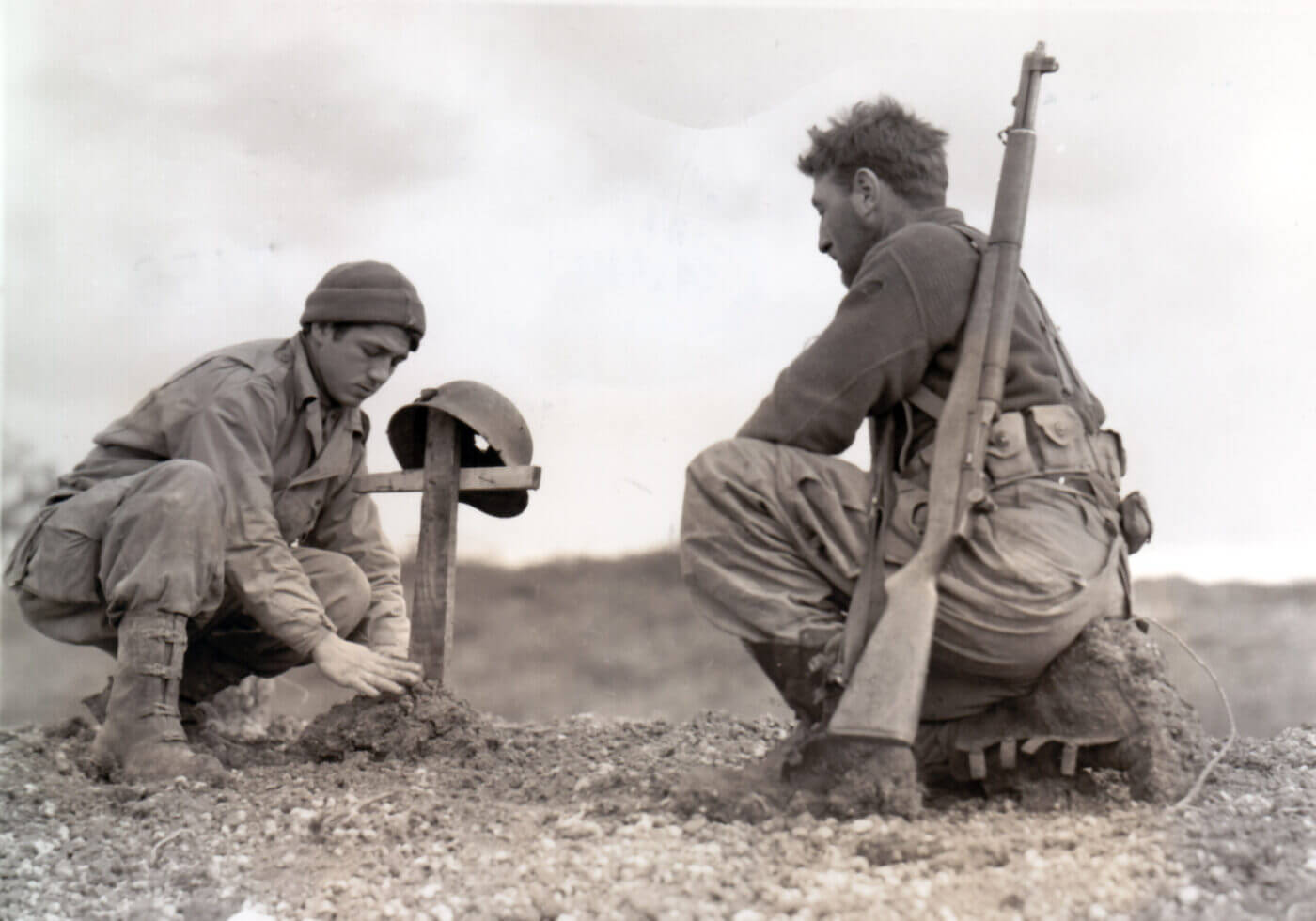
By 1945, issue of the M1 rifle was finally widespread in the Mediterranean Theater of Operations (MTO), and photos even show the new M1C sniper rifle in Italy (although there is no recorded wartime combat use of the M1 sniper rifle there).
Rifle Training
During World War II, distribution of the M1 rifle between combat and training units appears to have been a strange and complicated process. In 1942-43, many Army units were training with M1 rifle in the United States, even while Army combat troops were in combat carrying a mix of M1 and M1903 rifles.
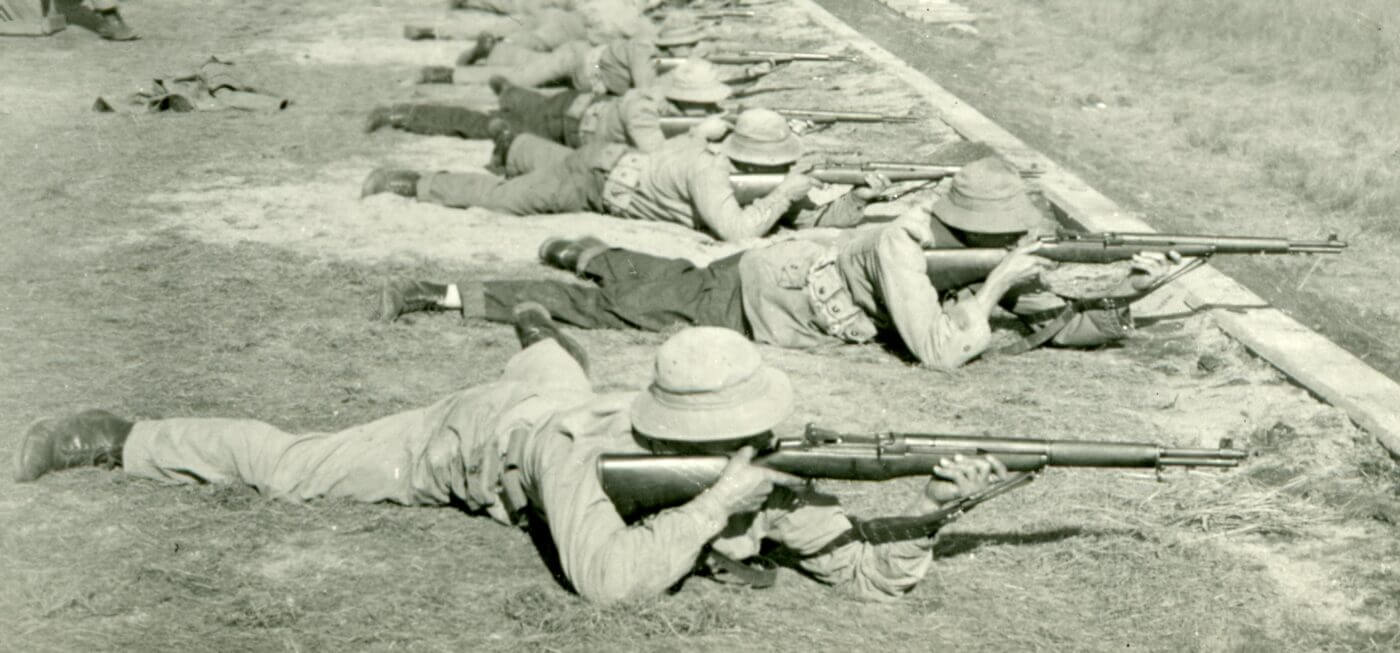
As the war progressed, more troops received their initial training with M1903 rifles and then advanced training (sometimes in the combat theatre) with the M1 Garand. The painfully bruised digit that comes with “M1 Thumb” became a common distinguishing mark on a new recruit.
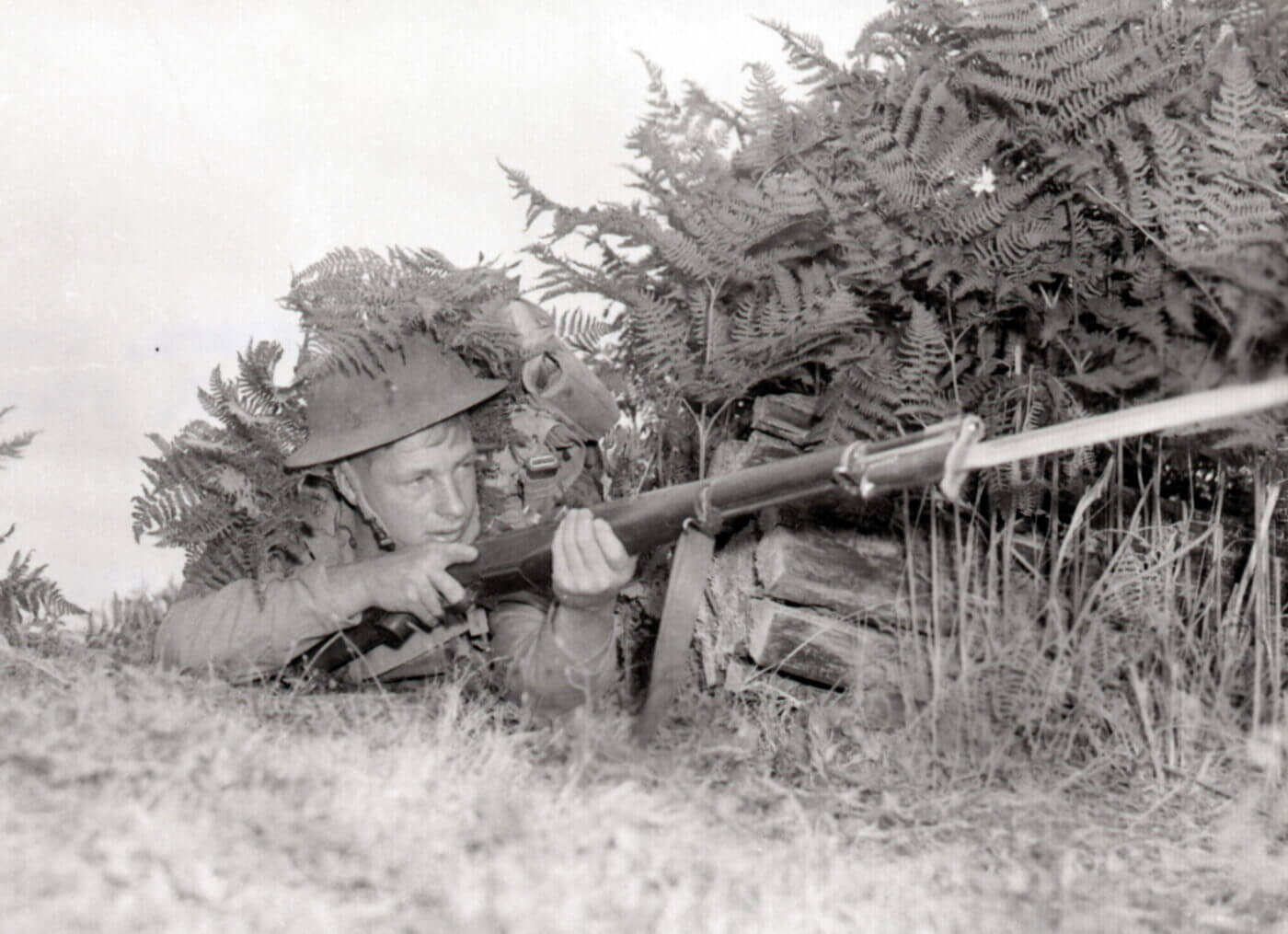
The G.I.s complained about the M1’s weight (11.2 lbs. loaded, with a bayonet and sling) when compared to the bolt-action Springfield rifle (8.7 lbs.). But the troops always have their grumbles, and every bit of gear is too heavy when you spend your life walking in the great outdoors. A new generation of Americans were trained to be riflemen, and by the end of 1944 their rifle was unquestionably the M1 Garand.
Western Europe
From the beachheads in Normandy to the final collapse of the Third Reich, the images of combat in Western Europe have cemented the M1 rifle as one of the legendary weapons of World War II.
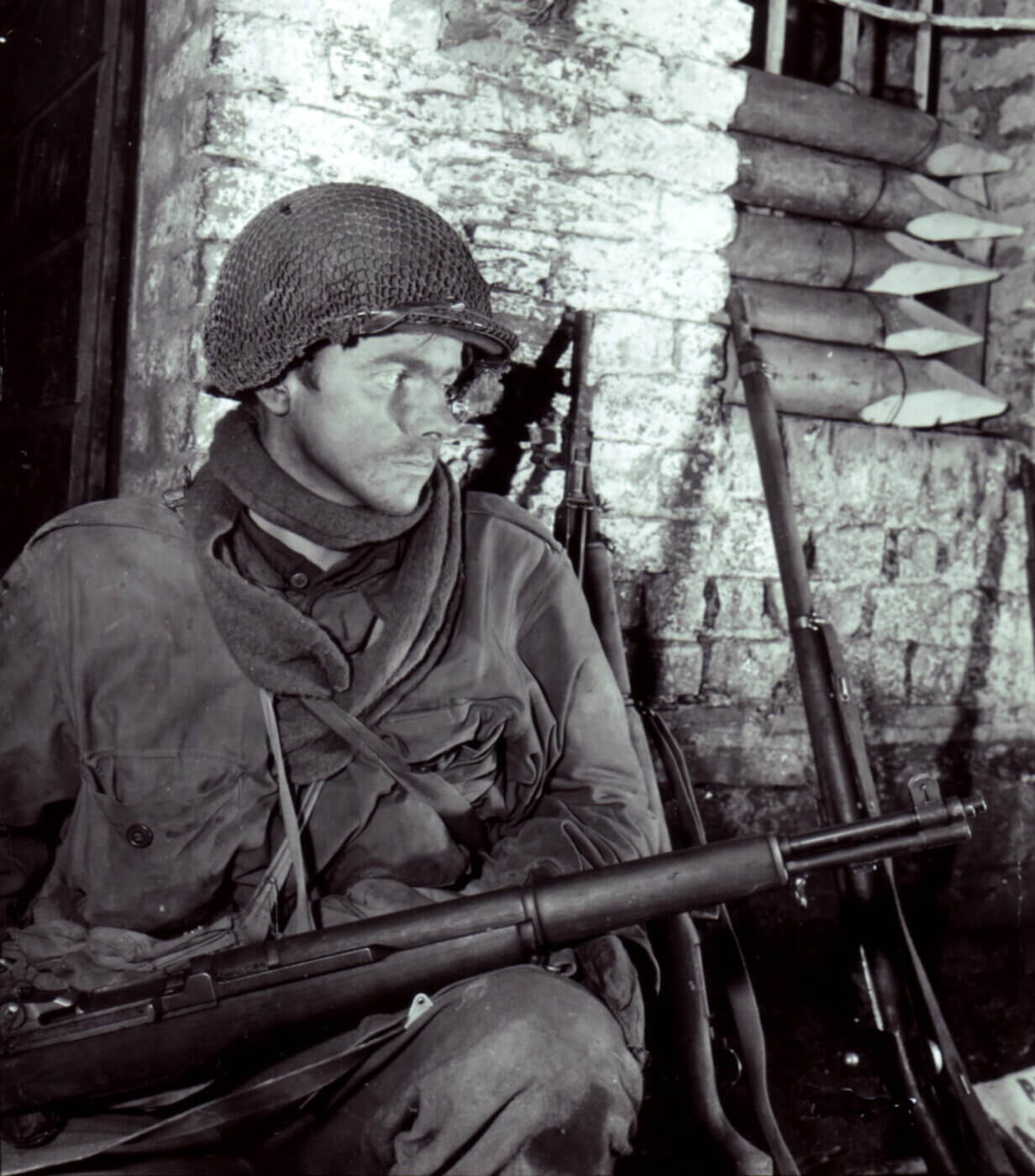
However, early in the campaign in Normandy, the “little brother” M1 Carbine enjoyed great popularity among the troops due to its light weight. The amount of M1 Carbines in use in France up to August 1944 was nearly equal to the amount of M1 rifles. But as combat progressed deeper into France, the .30 Carbine round was found to lack the range, and particularly the penetrative power, that the infantry needed.
By the late summer of 1944, many NCOs and field officers swapped out their M1 Carbines for Garand rifles, opting for the hard-hitting .30-06 round that could blast through doors and masonry in urban combat, or brush and log cover in the woods.
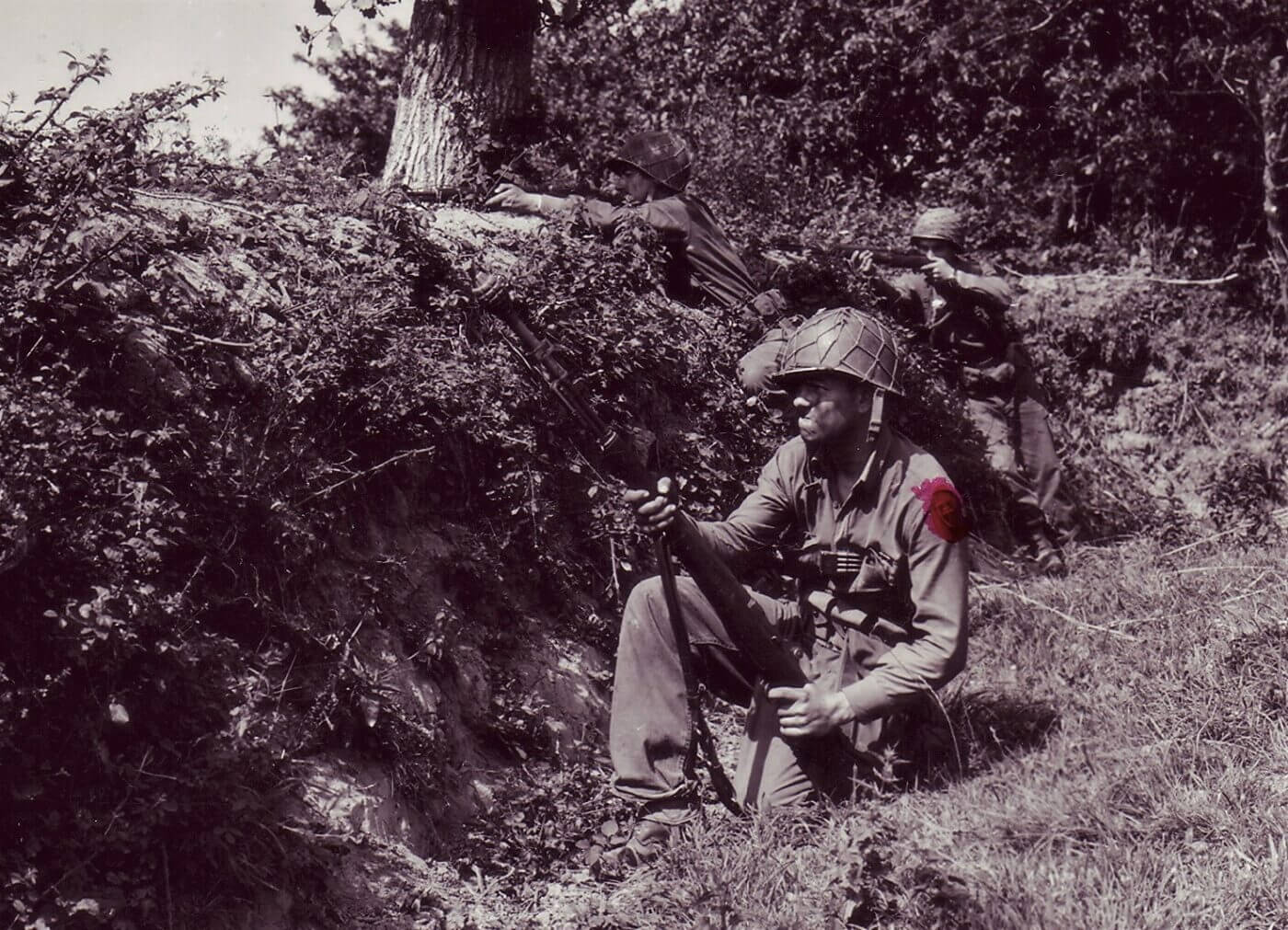
The M1 was accurate enough to serve as a marksman’s rifle even without a scope. Coupled with the Browning Automatic Rifle, the M1 gave American infantry squads the critical advantages of range and firepower compared to their German opponents.
Even as the Germans introduced their “Sturmgewehr” StG44 assault rifle (7.92x33mm Kurz), U.S. Ordnance remained confident in John Garand’s war-winning design as American troops outfought and outshot the Germans, regardless of what they carried, even on their own home ground.
Island Hopping to Japan
It took the Marine Corps some time to fully equip their riflemen with M1 rifles. Even at the battle of Tarawa in November 1943, several Marines can be seen carrying the M1903 Springfield. But by the invasion of Saipan in June 1944, the M1 rifle was widely issued throughout the U.S.M.C.
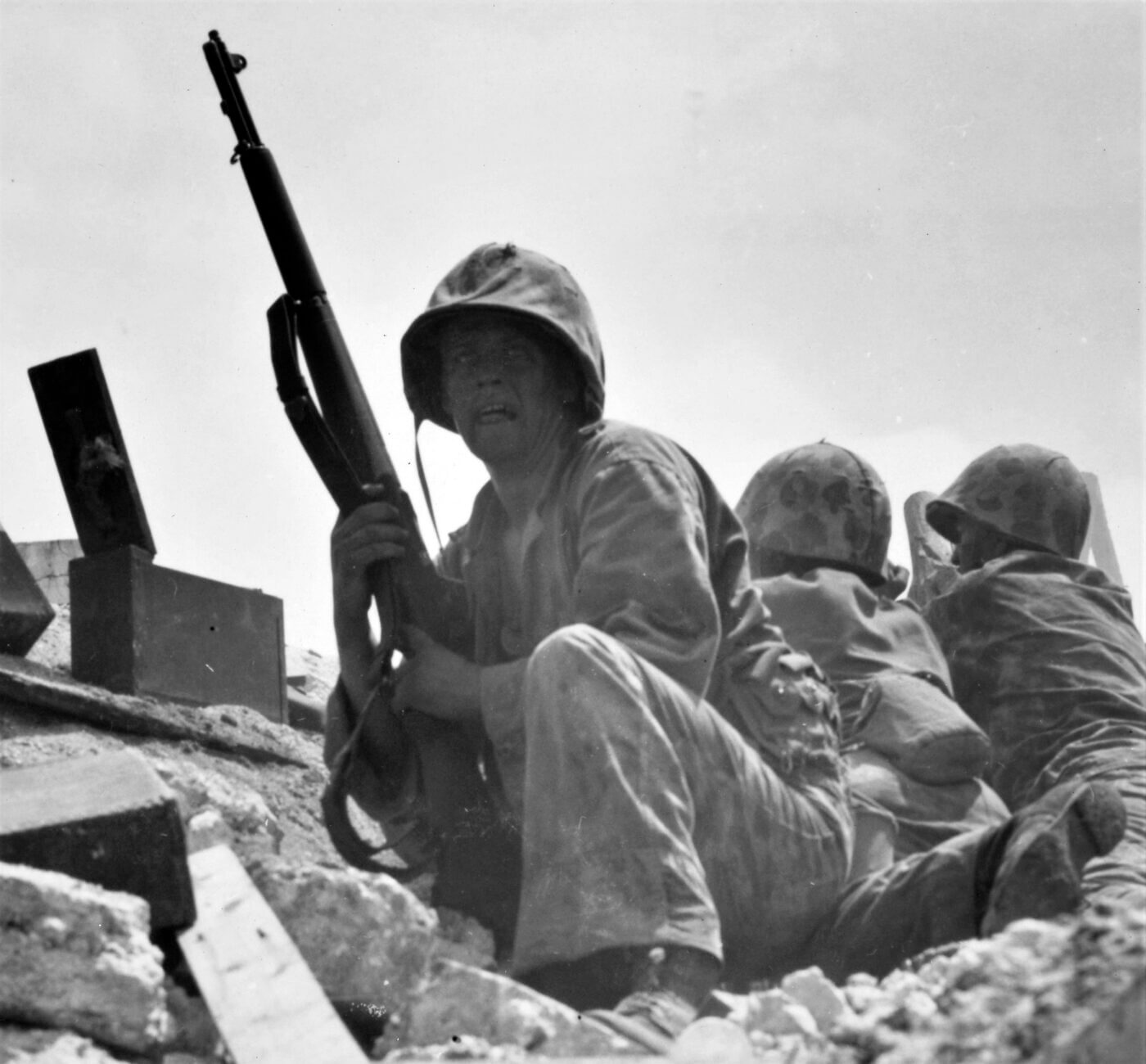
As Japanese tactics changed to a “dig in and hold out to the last man” approach, the M1 excelled in the counter-sniper role and in providing suppressing fire against a fanatical enemy dug in among bunkers and caves.
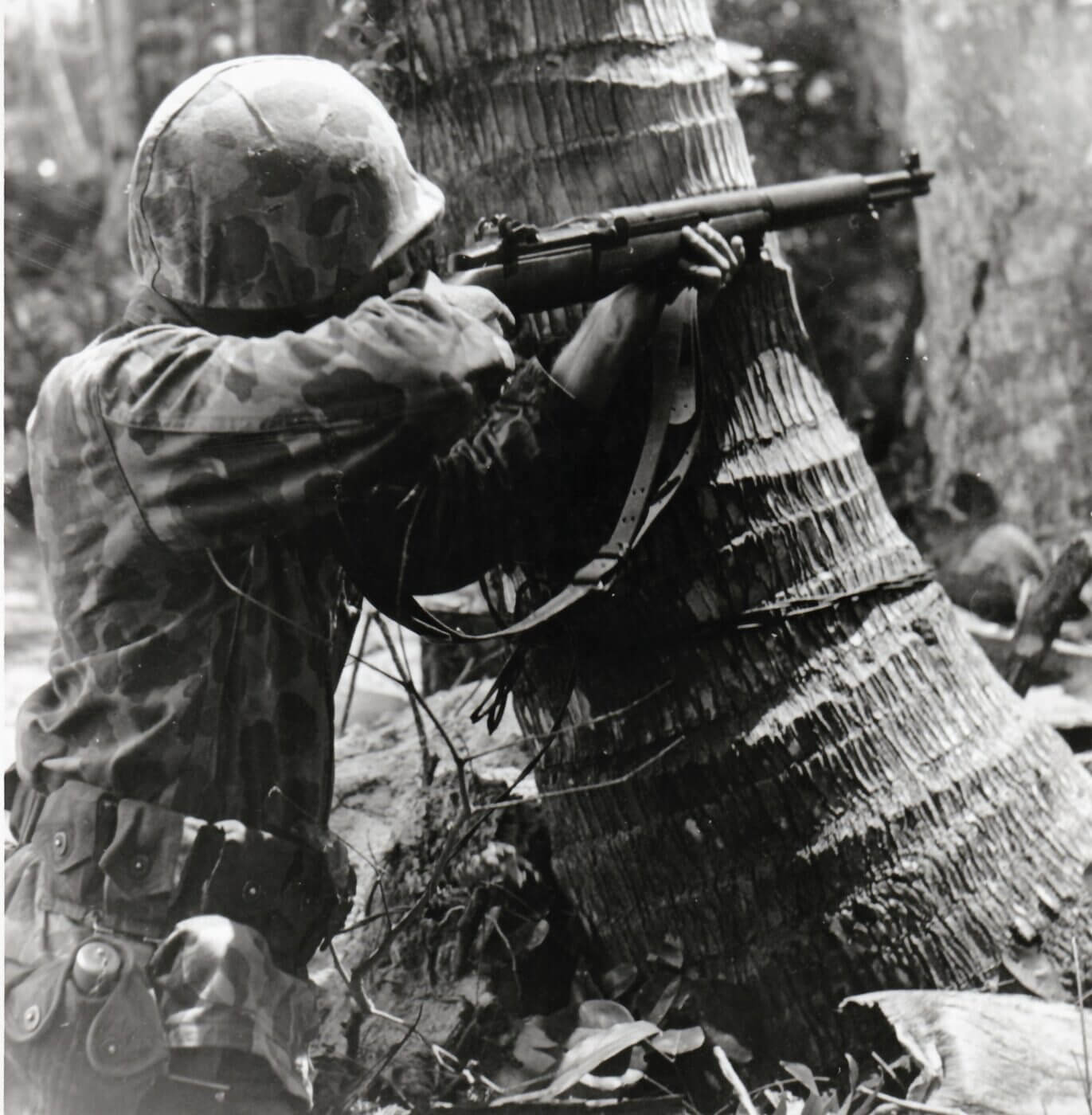
Similar to Army infantry combat experiences in France, Belgium and Germany, the Marines replaced many M1 Carbines in their combat units with M1 Garand rifles — the power of the full-sized .30 caliber ammunition was needed to blast through the thick jungle undergrowth. In the Pacific theatre, the M1 rifle was there through it all, from the attack on Pearl Harbor to the Japanese surrender in Tokyo harbor.
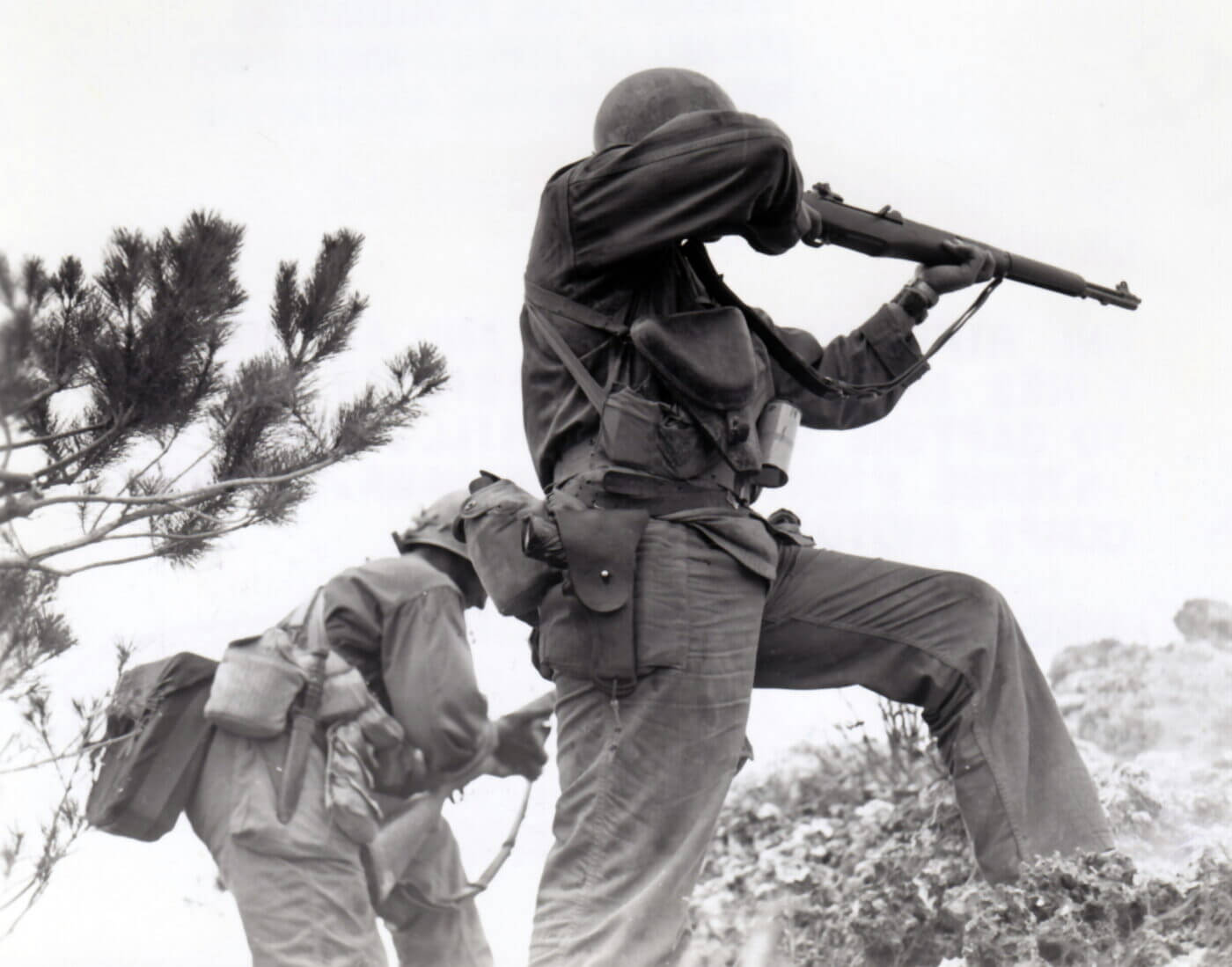
Conclusion
Even though General George Patton was a difficult man to impress, he gave John Garand’s rifle the highest possible praise calling it “the greatest battle implement ever devised.” The M1’s battle honors were well-earned, as one of the greatest creations of America’s Arsenal of Democracy had fought, and won, the battle to save the world.
Editor’s Note: Be sure to check out The Armory Life Forum, where you can comment about our daily articles, as well as just talk guns and gear. Click the “Go To Forum Thread” link below to jump in!
Join the Discussion
Continue Reading
Did you enjoy this article?

 280
280






